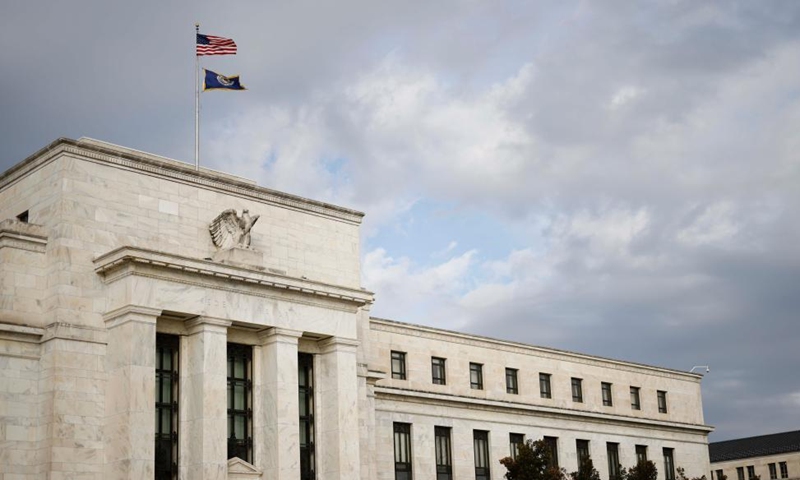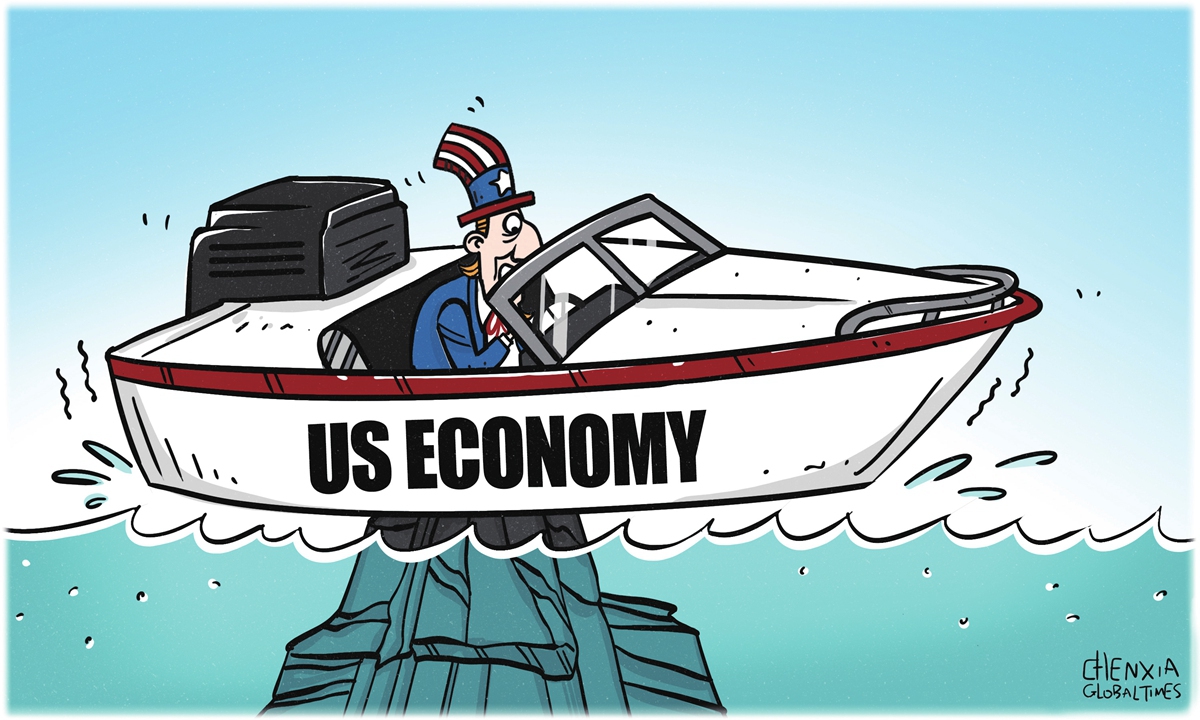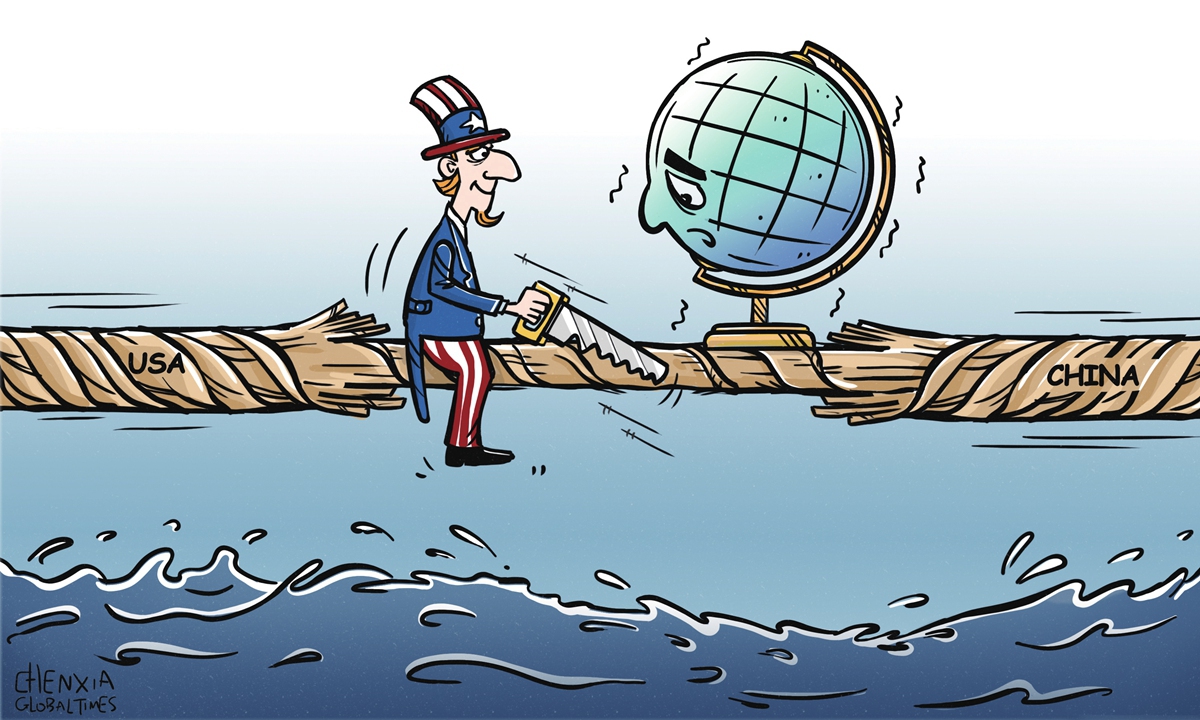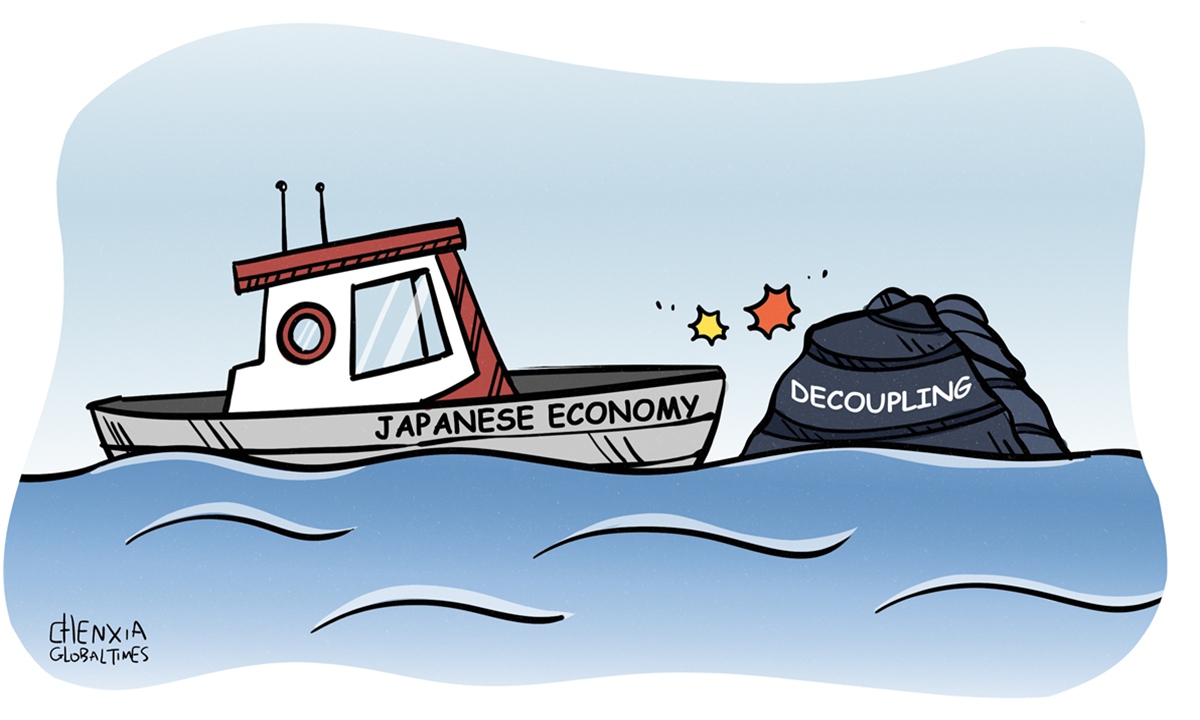
The US Federal Reserve in Washington, DC, the US. Photo:Xinhua
Global financial markets are poised at a historic juncture, with investors around the world closely watching the coming interest rate decisions from the US Federal Reserve (Fed). However, this is unlikely to affect the Chinese economy's ability to develop and grow steadily at its own pace and according to its own planning. Increasingly, investors are recognizing that the resilience China demonstrates in maintaining stable expectations at all times is particularly appealing in volatile market conditions.As the Fed meets on Tuesday and Wednesday, officials are widely expected to signal the conclusion of a significant era of monetary policy tightening by implementing their first interest rate cut in four years. The size of this initial move by the Fed and the extent of overall monetary easing continue to be subjects of considerable debate among market participants.
As of Tuesday, the market was pricing in an approximately 67 percent probability of a 50 basis points reduction, according to media reports.
Adjustments to US monetary policy will undoubtedly have widespread effects on the global economic landscape. A potential interest rate cut by the Fed could significantly influence global capital flows, trigger fluctuations in exchange rates and reshape trade dynamics across various regions. However, it is essential to recognize that the steady growth trajectory of the Chinese economy, characterized by its resilience and long-term positive trends, is unlikely to be affected by shifts in US monetary policy.
China's economic fundamentals, driven by factors such as domestic consumption, technological innovation, and reform and opening-up, will continue to propel its growth, even in the face of external monetary adjustments. Thus, while US policy changes may bring complexities and risky fluctuations to global markets, the underlying strength of China's economic framework positions it to navigate these fluctuations effectively.
The divergence in China's monetary policy from that of the US, which has been a topic of discussion among economists for years, actually provides more policy space for the Chinese economy. When the US rolled out massive stimulus packages in 2020, China adhered to a prudent monetary policy. When the Fed made a monetary policy shift by raising interest rates in 2022, China's central bank maintained a steady monetary policy tone with adequate easing.
In the context of potential interest rate cuts by the Fed, China's monetary policy will have greater flexibility to adjust based on the actual conditions of its domestic economy, thereby supporting stable economic growth.
While the potential impact of an interest rate cut by the Fed on the Chinese economy remains uncertain, one thing is clear: The Chinese economy has the ability and the conditions to adapt to changes in global financial markets and to implement policies tailored to its unique development needs.
The fact that China has consistently formulated its monetary policy based on domestic economic needs - regardless of shifts in US monetary policy in recent years - serves as strong evidence of this adaptability. This is also why there is every reason to believe that the Chinese economy will continue to improve and experience steady progress over the long term.
The long-term positive trend of the Chinese economy serves as a fundamental driver of international investors' optimism regarding Chinese assets. This growing appeal is fueled not only by the consistent and steady growth of the Chinese economy but also by the immense market potential it offers.
Ongoing reforms and a commitment to opening up the economy enhance the investment landscape, making Chinese assets increasingly attractive. As these factors converge, they create a compelling case for investors seeking opportunities for sustainable gains to turn their attention to China, especially amid volatile global financial markets.



